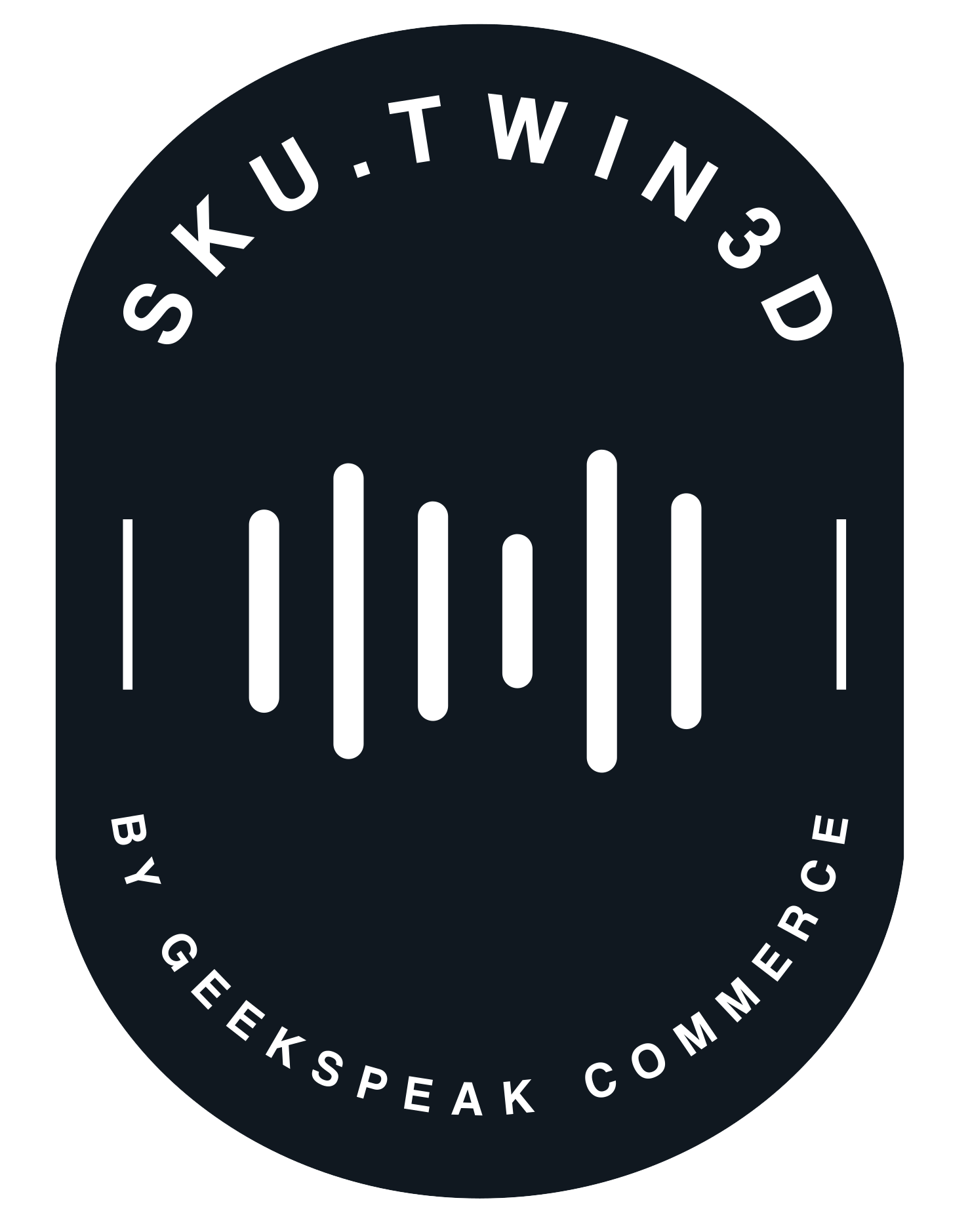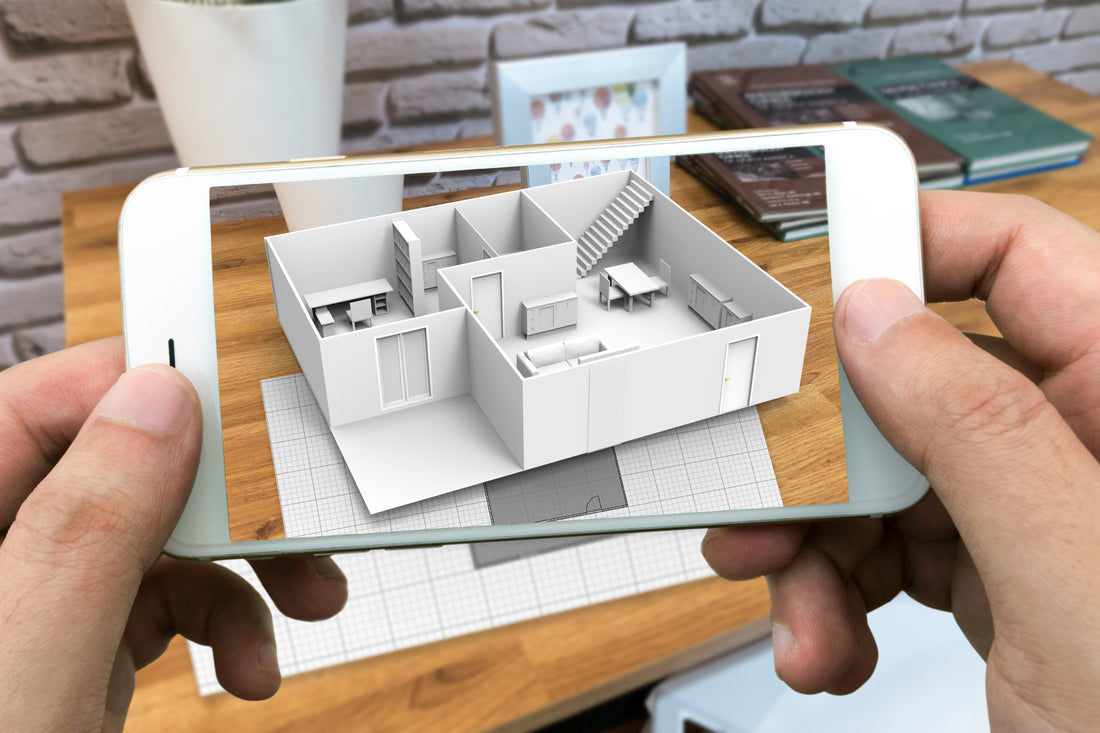The ecommerce landscape is in a constant state of evolution, with technologies emerging to tackle long-standing issues. One of the critical challenges has been the high rate of product returns. Customers, unable to physically inspect products, sometimes receive items that aren't quite what they expected. Enter 3D models—an innovation that promises to revolutionize return and refund policies for ecommerce businesses. But how exactly can a digital rendering curtail this perennial problem? Let's dive in.
The Reality of Ecommerce Returns
It's a familiar scenario: a customer orders a product online, eagerly awaits its arrival, only to be disappointed with the actual product. Whether it's a size issue, a discrepancy in color, or a misjudgment of the product's features, the result is an unhappy customer and a costly return for the retailer.
The implications are multi-fold:
1. Financial Impacts: Processing returns is expensive. Businesses must deal with reshipping costs, restocking, and sometimes even product write-offs.
2. Environmental Concerns: With the world becoming more conscious of carbon footprints, the environmental impact of returned goods cannot be ignored.
3. Brand Image: High return rates can dent the reputation of a brand, leading to reduced trust and loyalty.
Enter 3D Modeling
With advancements in AR and VR, 3D modeling has become more refined, offering a lifelike representation of products. Here's how they're impacting return rates:
1. True-to-Life Product Representations: 3D models give customers an almost tactile experience. They can view a product from multiple angles, zoom in to see intricate details, and get a real sense of dimensions.
2. Interactivity: Some platforms allow users to interact with these models. For instance, in the case of furniture, users can place a 3D model within a room setup to visualize how it fits.
3. Virtual Try-Ons: For fashion retailers, 3D models coupled with AR can enable customers to virtually "try on" clothing items, reducing size-related returns.
Impact on Return and Refund Policies
1. Reduction in Return Rates: As customers get a clearer, 360-degree view of what they're purchasing, the chances of the product meeting their expectations significantly increase.
2. Confidence in Purchasing: A detailed 3D view can bolster customer confidence, leading to fewer instances of buyer's remorse.
3. Policy Adjustments: With fewer returns, businesses can potentially adjust their policies to offer more customer-friendly terms, knowing that the risk is now lower.
Future Implications
While 3D models won't eliminate returns entirely, they can drastically reduce them, especially those rooted in product misunderstanding. As more businesses adopt this technology:
- The ecommerce landscape could see a standardization of 3D product displays.
- Businesses may invest more in 3D modeling and AR tools, ensuring that their models truly represent their products.
- With a drop in return rates, the overall cost savings could be reinvested into improving other aspects of the customer experience.
In an industry where customer satisfaction is paramount, 3D models are proving to be an invaluable tool in bridging the gap between online shopping and the tangible in-store experience. By providing customers with a comprehensive view of products before they hit the 'buy' button, retailers are significantly reducing the chances of post-purchase dissatisfaction, heralding a new era for ecommerce return and refund dynamics.

